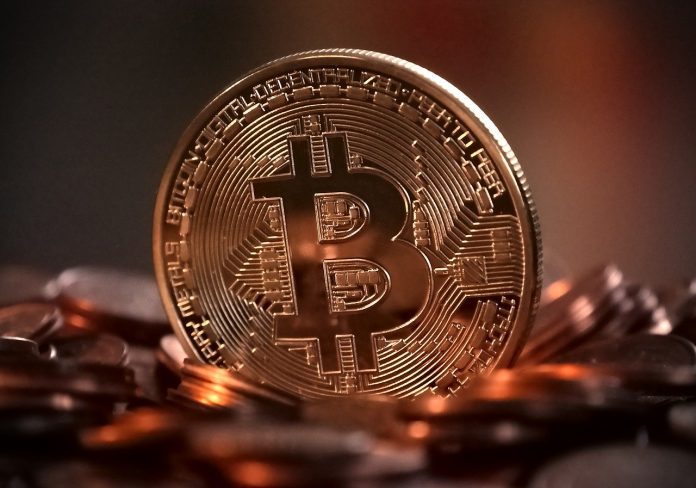
The “Bitcoin halving” is set to take place on May 12 as which point the supply of newly mined coins reduces, which has the potential to push the price of bitcoin to new highs.
In this article, we look at what the bitcoin halving is and why it is such a big event for bitcoin investors.
What is the Bitcoin Halving?
Contents
2020 marks the third bitcoin halving event, following the four-year cycle from 2012 and 2016. This bitcoin event comes with a lot of hype and funfair that builds interest around the cryptocurrency.
In short, the bitcoin halving refers to the bitcoin mining block reward getting cut in half. This reduces the rate at which new bitcoin units are produced.
Bitcoin miners complete complex mathematical equations to confirm transactions on the blockchain. This process is repeated every 10 minutes when new bitcoin blocks consisting of transaction data are confirmed. Miners then receive a reward for their work through the production of new bitcoin.
Initially, 50 BTC was the reward for miners after they confirmed a block. However, the bitcoin code makes provision for an inflation drop where the amount of bitcoin given to miners is cut in half every four years in an event called the “bitcoin halving.”
Previous bitcoin halving events happened in 2012 and 2016. The cycle started from January 3rd, 2009 when the first bitcoin was mined.
Four years later, the mining reward was reduced in half from 50 BTC to 25 BTC on November 28, 2012. Likewise, the bitcoin reward halved on July 9, 2016 after another 4 years from 25 BTC to 12.5 BTC.
This year, the block reward will change from 12.5 BTC to 6.25 BTC.
Why Is It Important?
The bitcoin halving event is an example of why bitcoin is better than traditional currencies in many ways. Bitcoin has a unique economic model that ensures a finite supply that is released steadily.
Traditional currencies like the naira or dollar have infinite supply and an uncontrolled rate of monetary inflation. Conversely, bitcoin’s inflation rate is controlled through the bitcoin halving.
For most of the mainstream media, that is not the exciting part though. The bitcoin halving has been followed by positive price action in the past, which is what most bitcoin investors are interested in.
The bitcoin price increased from $12 to over $600 after the first halving in 2012, and from $660 to $20,000 following to 2016 halving.
Going into the 2020 halving, bitcoin has already recorded a 35% increase in price since the start of the year.
So, What Will Happen After This Halving?
As we have already established, the market always reacts to the decrease in bitcoin supply. The kind of reaction differs when looked at in the short or long-term.
In the longterm, bitcoin sees an increase in value while in the short term, bitcoin retains its value or records a small dip.
Bitcoin has a high demand among individuals who are in need of an alternative currency to their country’s sovereign money. What’s more, people hold bitcoin as an investment in the hope that it will continue to rise in value over time.
After the halving, we can expect more investors to jump onto the bitcoin bandwagon if the price does start to climb towards a new high.
We cannot tell what will happen immediately after the halving but if past events are anything to go by, it might be time to look into bitcoin as its value could skyrocket in the coming months.
This guest contribution was written by Alex Lielacher, Editor-in-Chief at BitcoinAfrica.io.




